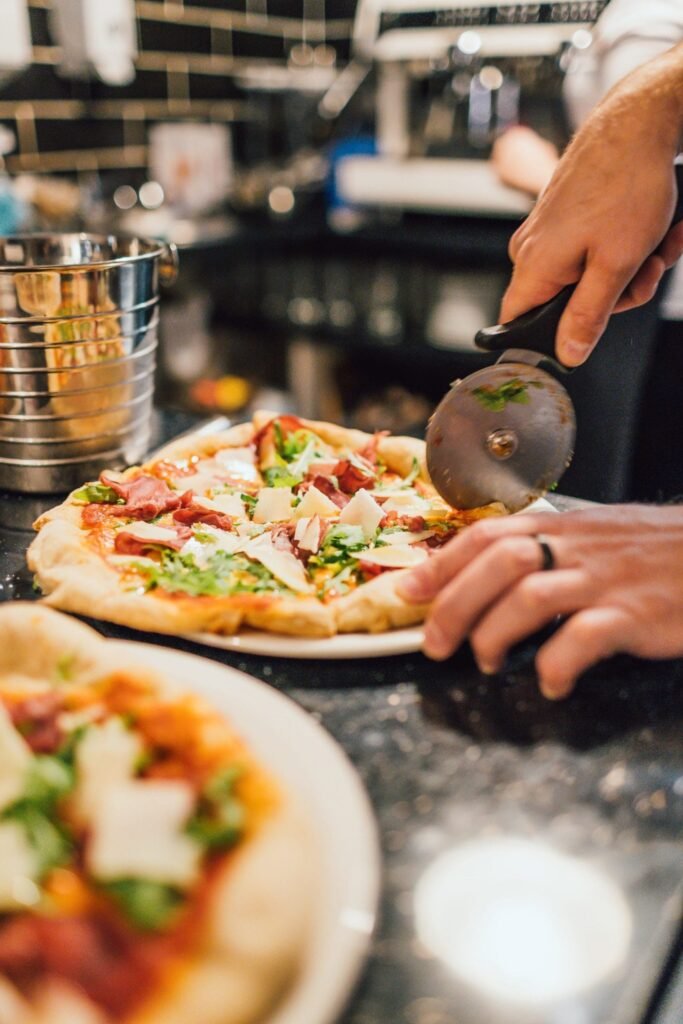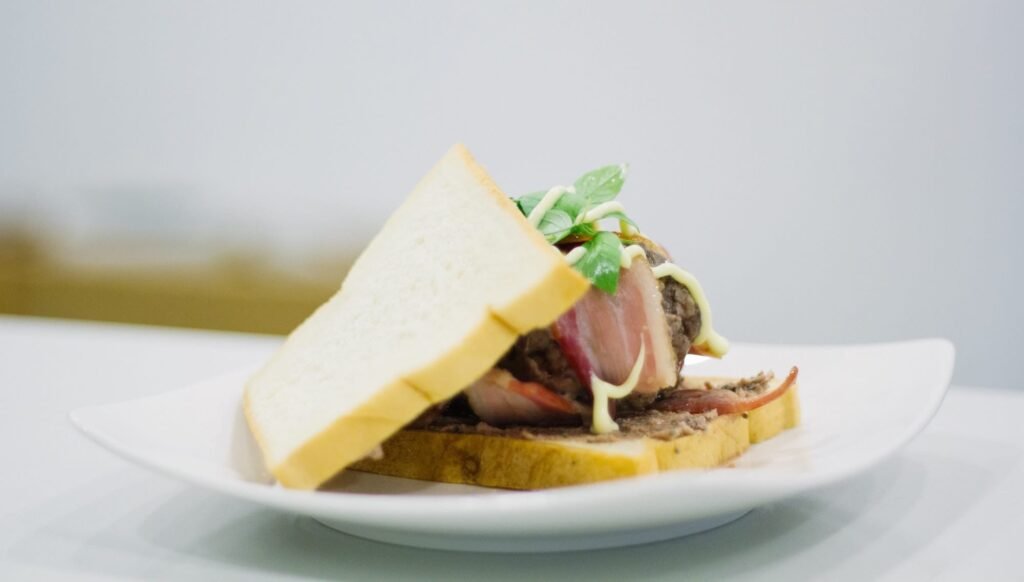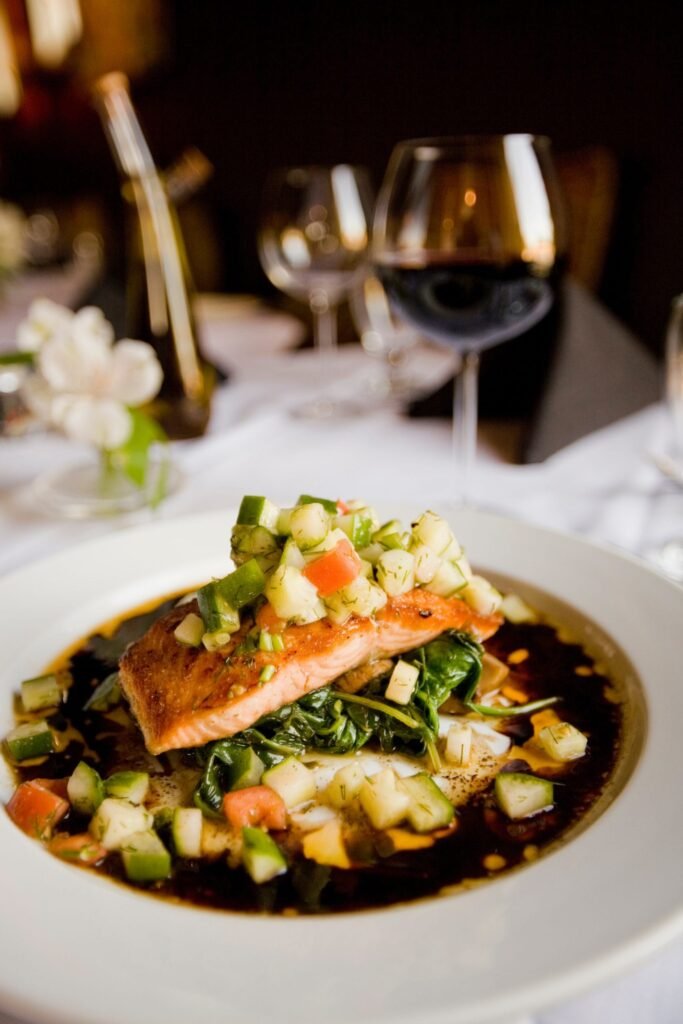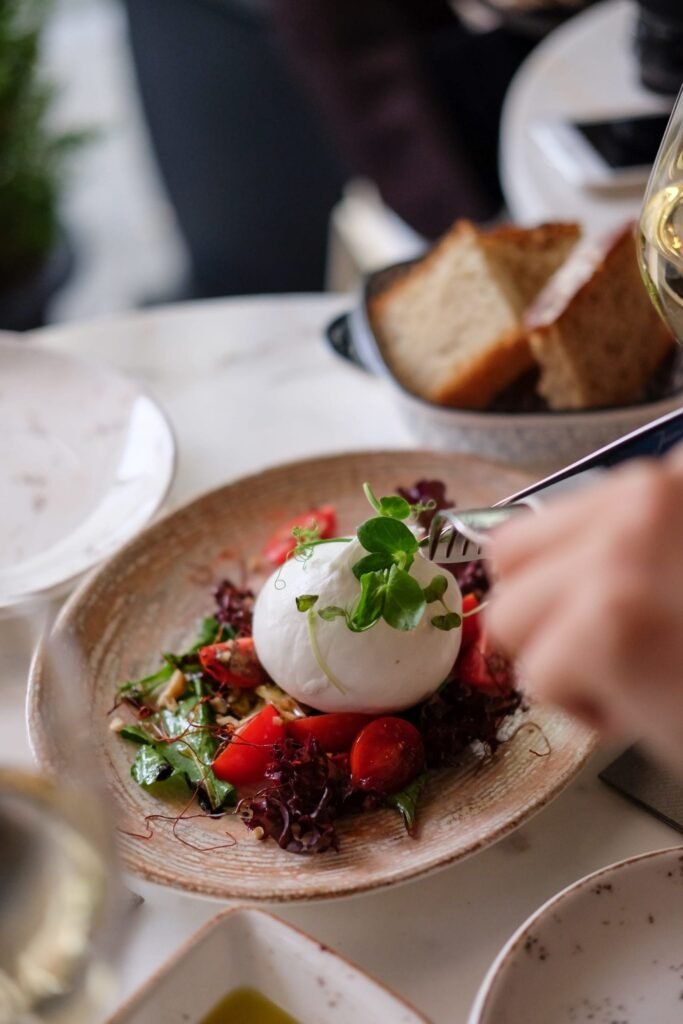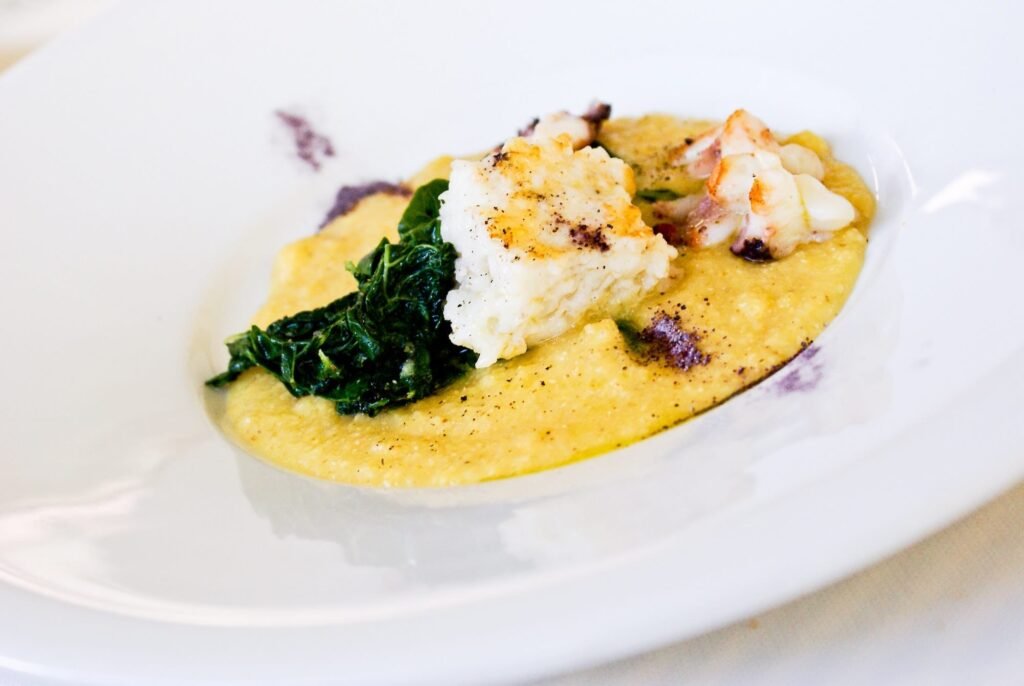When you think of Italian food, pasta almost certainly comes to mind. Whether it’s a steaming plate of spaghetti marinara, a rich and creamy fettuccine Alfredo, or delicate handmade ravioli, pasta is a cornerstone of Italy’s culinary identity. But where did it all begin, and how did pasta become the beloved staple it is today?
Ancient Origins: More Than Just Italy
While pasta is most famously associated with Italy, the earliest forms of pasta date back thousands of years — and not necessarily from Italy alone. Ancient civilizations like the Etruscans and Greeks were known to mix water and ground grains into simple doughs, which were then cooked. Evidence even suggests that a form of noodle was enjoyed in ancient China as early as 2000 BC!
That said, the Italians took pasta to a new level. There’s a persistent myth that Marco Polo brought pasta to Italy from China during the 13th century, but historical records show pasta was already a part of Italian life long before Polo’s travels. By the time he returned, Italians were already making and savoring their own versions of noodles.
Pasta in Medieval Italy
By the 12th and 13th centuries, pasta had become a staple in Sicily and the southern regions of Italy. Arab traders played a role in introducing “itriyya,” an early form of dried pasta, which was perfect for long journeys. In fact, drying pasta became a vital innovation — making it possible to store and transport it easily, which helped it spread across the country.
Pasta-making quickly evolved into an art form. Regional specialties developed based on local ingredients and traditions. In the north, where wheat was harder to grow, egg-based pastas like tagliatelle and tortellini became popular. In the south, durum wheat semolina pasta like spaghetti and penne thrived.
Pasta and Italian Identity
By the Renaissance, pasta was deeply woven into Italian culture. Noble families hired chefs specifically skilled in making elaborate pasta dishes. Recipes for lasagna, macaroni, and gnocchi appeared in early cookbooks. Pasta became not just food, but an expression of Italian creativity, tradition, and pride.
The introduction of tomatoes from the Americas in the 16th century led to perhaps the most iconic pairing in culinary history: pasta with tomato sauce. Over time, dishes like spaghetti alla marinara and penne all’arrabbiata became classics, forever linking pasta and tomato in the hearts and minds of food lovers around the world.
Pasta Today: A Global Phenomenon
Today, pasta is celebrated not just in Italy, but across the globe. Every region in Italy still fiercely guards its pasta traditions — from the hearty ragùs of Bologna to the fresh seafood sauces of Naples. Handmade or factory-pressed, egg-based or water-based, pasta represents comfort, heritage, and craftsmanship.
At Buono Notte Café & Catering, we honor this rich tradition by crafting dishes that pay homage to pasta’s incredible journey. Whether you’re savoring our Chicken di Capo with penne or diving into a plate of homemade lasagna, each bite connects you to centuries of Italian passion and culinary excellence.
Come taste the tradition at Buono Notte Café & Catering — where every meal is a celebration of history, flavor, and family!


